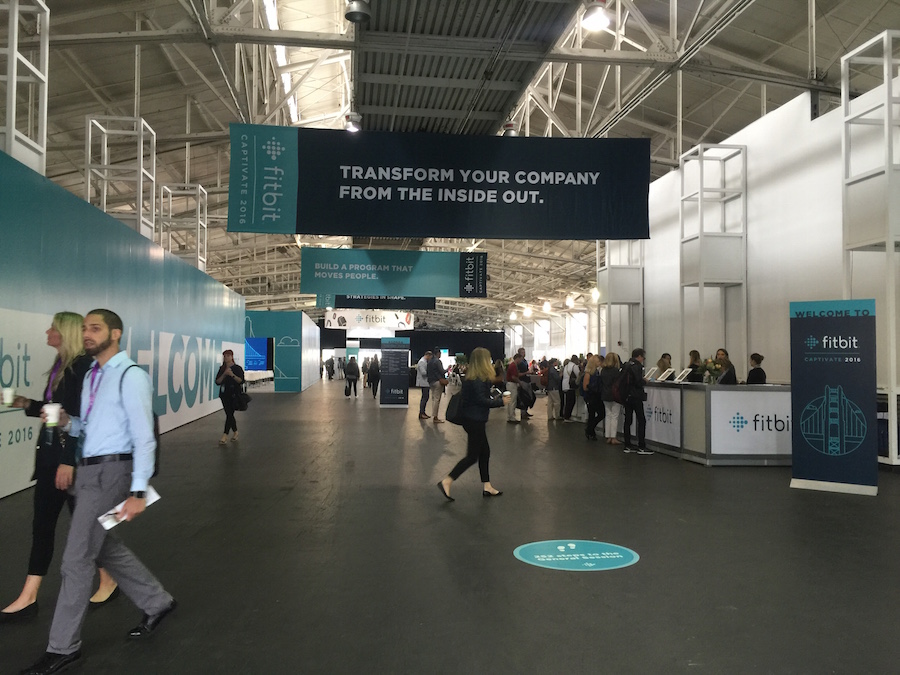Event Sampling - Splunk 6.4 Feature



DISCLAIMER (/ SPOILER): in this blog entry, we will not explain what an asset event listener is nor how to create one; they have been around since WCS' stone age and there is extensive documentation out there explaining that in detail, including - but not limited to - WCS 11g's official documentation and Java API:
Developer's Guide: https://docs.oracle.com/cd/E29542_01/doc.1111/e29634/events_assetapi.htm#WBCSD2525 Java API: ...
There are a multitude of reasons organizations will turn to a content management system, but the underlying goal is the same across the board: Managing your content in an organized way. The examples that first come to mind include managing assets such as page titles, articles, images, but what happens when a more complex asset is introduced like an AngularJS widget?
A Tale of Two Cities:With WebCenter Sites you don’t have to give up control of the contents of your organization’s widgets. Out of the box WebCenter Sites does not natively support AngularJS integrations, but...

Anyone who has worked in professional services knows that technical documentation is always requested for any type of content delivery. Of course the importance of documentation extends far beyond the consulting realm, as it is always a good practice for organizations to document their technical content. In today's blog I will attempt to write a non-technical blog about documenting technical Splunk content.
So what should be included in Splunk content documentation? Here is a breakdown, by heading, of the information that I have found to be very key in any Splunk content and use...

In 2014, Function1 launched a Wellness Program with the goal of promoting a healthy workplace through fitness and wellness challenges. We have run a number of challenges over the years, ranging from step challenges using FitBit devices to meeting personal goals. The average length of the challenges has been 3 months and participation has ranged from 40% to 60%, depending on the challenge. We have also incentivized participation through rewarding winning participants and/or teams with gift cards.
In order to gain insight and tips on improving Function1’s wellness strategy,...
